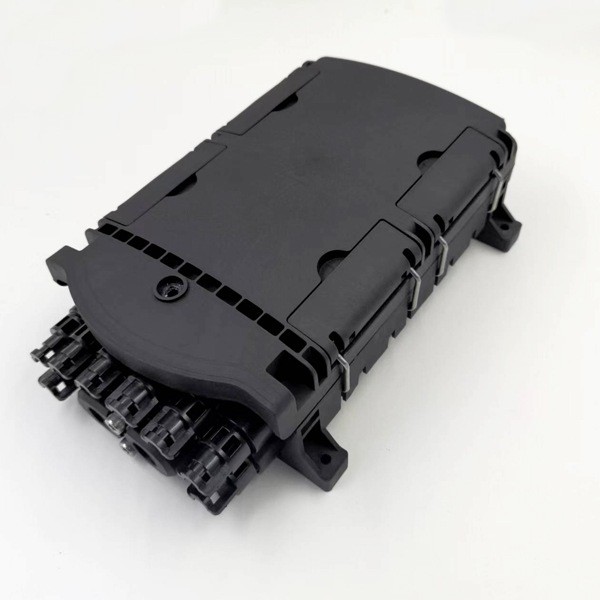Project case: A community in Suzhou, China adopted a layered ftth splitter architecture, the operator achieved a 30%-45% reduction in the overall cost of FTTx deployment.
How did they do it? Below we mainly combine the construction experience to give you a simple summary, hoping to help you.
1. Optimize infrastructure and reuse various resources as much as possible.
Fully utilize the public pipeline resources such as electricity and gas for fiber optic concealed pipe laying to reduce independent excavation costs (the splitter node deployment costs are reduced by 30%). This requires the coordinated deployment of public facilities, which should be designed and communicated well in the early planning.
Reuse existing power poles and communication pipeline resources to reduce the need for separate wiring of overhead cables.
Use high-density splitters such as 1:128 splitters to reduce the cost of single-user optical fiber links through centralized splitting, which can cover more users.
In rural areas, implement layered splitting (three-level splitting: 1×4→1×8→1×16), then the coverage radius can be expanded from 2km to 20km.

2. Technical solutions and engineering management upgrades
It is mainly carried out from the aspects of construction technology, equipment selection and intelligent operation and maintenance. Their measures and effects are roughly shown in the following table.
| Optimization direction | Implementation measures | Effect verification |
| Construction technology | Promote cold connection technology, shorten single-point construction time to 15 minutes | Labor costs reduced by 45% |
| Equipment selection | Deploy GPON / XG-PON equipment that supports plug-and-play to reduce debugging time | Opening efficiency increased by 60% |
| Intelligent operation and maintenance | Introduce AI fault prediction system, shorten abnormal response speed to within 5 minutes | Operation and maintenance manpower reduced by 40% |
3. Standardization and scale effect
First, build a FTTH virtualized operation and maintenance platform that is compatible with multiple modes of FTTC/FTTB/FTTdp, reduce the complexity of the work order system interface, and formulate various construction specifications, such as fiber bending radius ≥ 40mm, optical power threshold -18dBm to -20dBm, etc., to improve construction efficiency from the source and reduce rework rate.
Secondly, after counting the needs of the entire project, several batches of pre-installed SC connectors and self-supporting aerial cables are purchased instead of being purchased in batches from different suppliers, and the material cost is reduced by 25%. At the same time, if it is possible to cooperate with plc splitter manufacturers to develop customized splitters, the R&D cost can be shared to reduce the initial investment.
4. Service model innovation
It is recommended that the government provide subsidies for fiber optic deployment, and operators promise 5 years of free network maintenance to share the initial construction pressure; in addition, optical fiber can be pre-buried during the home water and electricity renovation stage to avoid the additional cost of later wall wiring and FTTR extension services.







